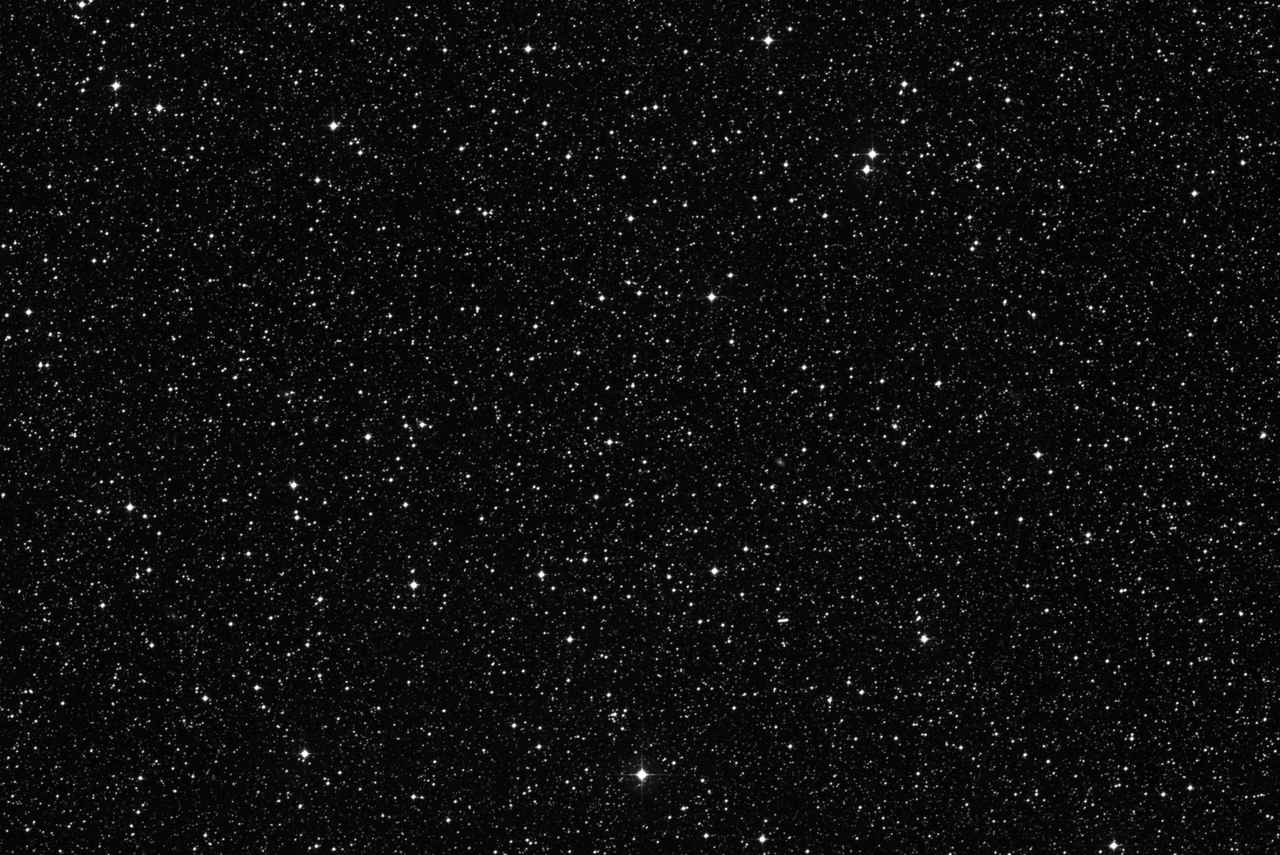New Horizons
New Horizons is in the constellation of Sagittarius, at a distance of
Finder Charts
The sky charts below show, at different resolutions, the position of New Horizons in the sky. Click on each chart to access the interactive star map tool.
The following map uses photographic imagery from the Digitized Sky Survey (DSS) to realistically visualize the precise position of New Horizons against the stars in the background. The horizontal size of the map measures 60 arcminutes. Click on the image to access a more detailed full-screen view.


Equatorial Coordinates
Apparent
J2000
Additional Information
Rise and Set Times
The following table lists today's rise, transit and set times of New Horizons from Halayhay, Philippines (all times relative to the local timezone Asia/Manila):
If you need to access this information frequently for your observations, you can create a simple customized Quick Access page, so that you can easily bookmark it in your browser favorites or add a shortcut to your mobile phones' home screen.
Distance from Earth
The distance of New Horizons from Earth is currently
The following graph shows the distance of New Horizons from Earth as a function of time. In the chart the distance is measured in Astronomical Units and the data is sampled with an interval of 1 day.
Note: The values in this chart may not be entirely accurate around the time of closest approach for objects passing very close to Earth at high speed (e.g., Near-Earth Objects).
The value of the distance of New Horizons from Earth is also available as a real time updated value in the live position tracker.
Closest Approach to Earth
In the period between January 20, 2006 and December 31, 2029, the closest approach of New Horizons to Earth happened on Friday 20 January 2006 at a distance of 0.001369 Astronomical Units, or 204,840 kilometers:
Note: the values for the closest approach are computed with a sampling interval of 1 day.
Orbit Visualization
The following chart is a 3D animated visualization of the orbit of New Horizons relative to the other major objects in the Solar System.
15 Days Ephemeris
The following table lists the ephemerides of New Horizons computed for the past and next 7 days, with a 24 hours interval. Apparent celestial coordinates are provided.
| Date | Right AscensionR.A. | DeclinationDec. | MagnitudeMag | Constellation |
|---|---|---|---|---|
| Jul 05 2025 | 19h 19m 47s | -20° 07’ 41” | N.A. | Sagittarius |
| Jul 06 2025 | 19h 19m 43s | -20° 07’ 48” | N.A. | Sagittarius |
| Jul 07 2025 | 19h 19m 39s | -20° 07’ 55” | N.A. | Sagittarius |
| Jul 08 2025 | 19h 19m 35s | -20° 08’ 02” | N.A. | Sagittarius |
| Jul 09 2025 | 19h 19m 32s | -20° 08’ 09” | N.A. | Sagittarius |
| Jul 10 2025 | 19h 19m 28s | -20° 08’ 17” | N.A. | Sagittarius |
| Jul 11 2025 | 19h 19m 24s | -20° 08’ 24” | N.A. | Sagittarius |
| Jul 12 2025 | 19h 19m 20s | -20° 08’ 32” | N.A. | Sagittarius |
| Jul 13 2025 | 19h 19m 16s | -20° 08’ 39” | N.A. | Sagittarius |
| Jul 14 2025 | 19h 19m 12s | -20° 08’ 47” | N.A. | Sagittarius |
| Jul 15 2025 | 19h 19m 08s | -20° 08’ 54” | N.A. | Sagittarius |
| Jul 16 2025 | 19h 19m 05s | -20° 09’ 01” | N.A. | Sagittarius |
| Jul 17 2025 | 19h 19m 01s | -20° 09’ 09” | N.A. | Sagittarius |
| Jul 18 2025 | 19h 18m 57s | -20° 09’ 16” | N.A. | Sagittarius |
Additional Resources on TheSkyLive
- New Horizons: Complete reference information on TheSkyLive.com.
- Where is New Horizons?: Key information on where to find New Horizons in the sky.
- Distance of New Horizons from Earth: Find out how far New Horizons is from Earth right now.
- Rise and Set Times: Rise and set times of New Horizons from your location.
- Interactive Sky Map: Planetarium-style interactive visualization of New Horizons's position in the sky.
- Live Position Tracker: High precision real time tracker of New Horizons's position using deep space imagery.
- Ephemeris: 15 days New Horizons's computed ephemeris.
- Orbit Visualization: 3D interactive visualization showing the orbit of New Horizons with respect to the major Solar System objects.











